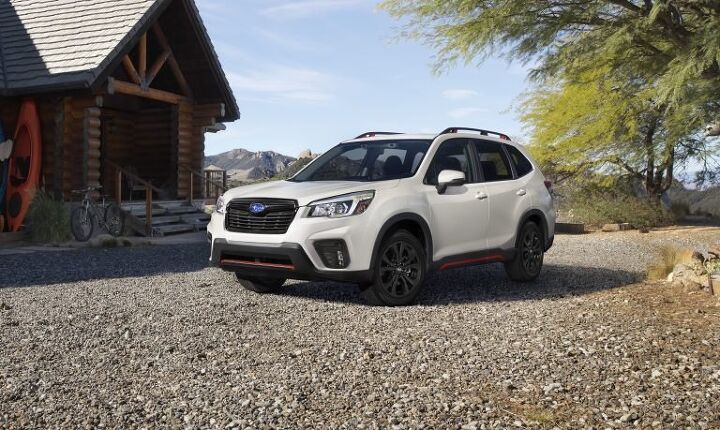#JapaneseMarket
Subaru Forester Expands Engine Options — in Japan
Subaru is adding a 1.8-liter turbocharged four-cylinder to the Forester. Great news if you were verklempt over the discontinuation of the 250-horsepower turbo-four after 2019.
And if you live in Japan.
Jeep Remains Only 'American Brand' Japan Seems Willing to Tolerate
While I don’t particularly agree with all the criticisms Lee Iacocca has thrown at Japan, his most polarizing claim (published in Playboy, no less) — that its citizens certainly know Jeep because “they saw enough of them in World War II” — has bizarrely continued to ring true. As far as American automotive brands go, Jeep has been Japan’s favorite for a while. And it only needed to tamp down its relationship to “The Big One” slightly to get there.
However, the sales game is always relative.
Despite being one of the fastest-growing brands on the market, Jeep only netted itself 13,360 deliveries in Japan for 2019. But consistent growth since 2013 has to account for something, especially when the overall market is performing so poorly. At the very least, it shows American brands can make some amount of headway on a nut Iacocca believed uncrackable.

















Recent Comments